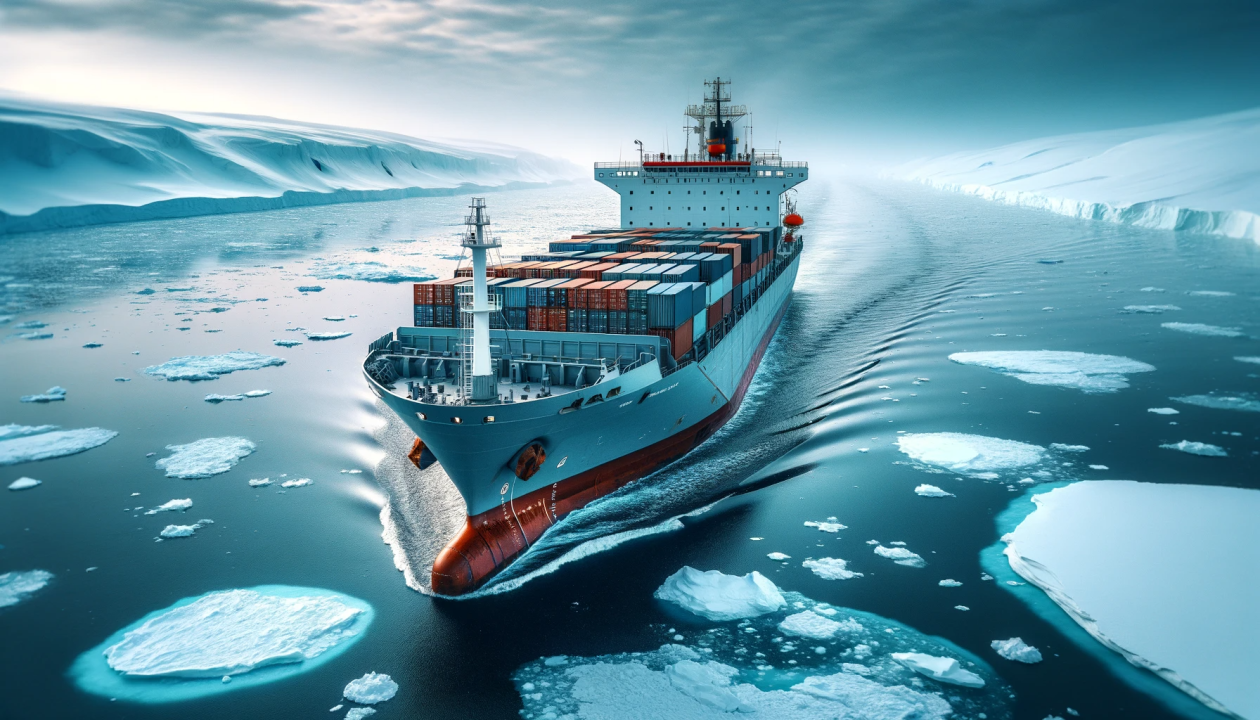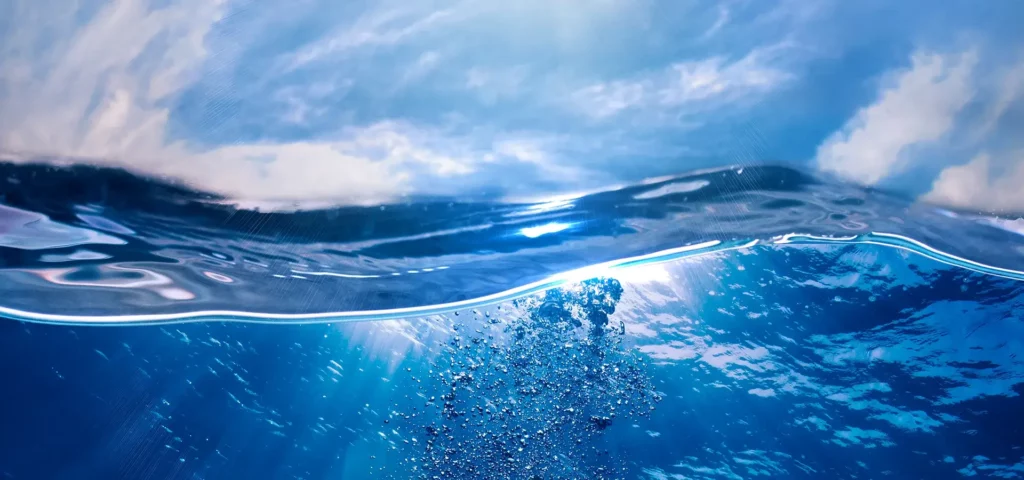The trend towards higher power density
Over the past few decades, the power density of most machinery and equipment has generally increased, a trend driven by technological advances in a number of areas explains this. Two of the most important are the following:
Advances in materials science have played a critical role in increasing the power density of machinery and equipment. Innovations have led to lighter and stronger composites and metals, such as advanced carbon fibre composites and high-strength, lightweight aluminium and titanium alloys. These developments make it possible to create lighter components that can withstand higher loads, enabling higher power output in more compact forms. In battery technology, advances in lithium-ion and other advanced chemistries have significantly increased energy density.
Improvements in semiconductor technology and electronics have also been instrumental in increasing power density. The miniaturisation of transistors and other electronic components in line with Moore’s Law (i.e. the number of transistors on an integrated circuit doubles approximately every two years) has led to a dramatic increase in the computing power that can be accommodated in a given volume. This trend towards smaller component sizes has enabled the development of more compact devices that not only offer enhanced functionality but also operate with greater efficiency.

Water cooling is best suited for high power density devices
Water cooling systems typically outperform air cooling systems, especially for high power density machines or equipment. Several key factors explain the greater effectiveness of water cooling in such situations:
1) Water has a higher specific heat capacity than air, allowing it to absorb more heat before its temperature rises. This characteristic is particularly advantageous for handling the considerable heat generated by high power density equipment, as it can absorb a significant amount of heat before cooling.
2) Water has a higher thermal conductivity than air, allowing it to transfer heat faster and more effectively. This superior heat transfer capability allows water cooling systems to respond more quickly and efficiently to the heat generated by high power density equipment, thereby preventing overheating.
3) Due to its high thermal capacity and conductivity, water can absorb more heat per unit volume than air. This property facilitates the design of compact cooling systems that are ideal for integration into high power density equipment where space is limited. As a result, water cooling systems efficiently support optimum performance without the need for bulky external cooling configurations.
4) Water cooling systems can be tailored to deliver cooling where it is most needed. By placing cooling lines or heat exchangers close to heat-generating hotspots, especially in high power-density configurations, they can effectively manage the intense heat generated by specific components. This targeted cooling approach improves system efficiency and prevents localised overheating.
5) As power density and associated heat generation increases, the effectiveness of air cooling systems tends to decrease. These systems must circulate larger volumes of air or significantly increase airflow to dissipate the additional heat, which can result in increased noise and reduced energy efficiency. In contrast, water cooling systems are more efficient at handling higher heat loads without significantly increasing operating costs or noise levels.

How does water cooling work?
Using water to remove heat from a system is a relatively simple mechanism. First, the central element of a water cooling system is the heat source, which is fitted with heat sinks or cooling elements designed to dissipate the heat generated into a cooling medium, in this case, water. By increasing the surface area in contact with the water, these heat sinks improve the efficiency of the heat transfer process.
Second, cold water is pumped through a series of pipes within the system. As it passes through or over the heat sinks, it absorbs heat from the heat source. This heated water must then be cooled to effectively maintain the continuous cooling cycle.
Third, the heated water is discharged from the system to a heat exchanger where it can be cooled. There are two main types of heat exchanger used in such installations:
Water-to-water heat exchangers: In this system, heated water flows through pipes or coils immersed in a cooler water bath. The cooler water extracts heat from the heated stream without mixing.
Water-to-air coolers: In this arrangement, the heated water circulates through coils or plates exposed to the air. Either fans or natural air currents are used to dissipate the heat by blowing cooler air over these surfaces.

What are the main features of Adwatec water cooling systems?
The key features outlined for the Adwatec water cooling system provide a detailed summary of its capabilities, design advantages and ease of use. Below is a breakdown of each feature and the benefits they provide:
1) Cooling capacity up to 300 kW: This feature indicates the maximum heat removal capacity of the system, expressed in kilowatts (kW). With a heat removal capacity of up to 300 kW, this system can handle significant heat loads, which is ideal for high demand environments such as marine applications. This (300kW) relates to our standard portfolio, but bigger systems are also available.
2) Coolant flow rate up to 750 l/min: This specification highlights the peak coolant flow rate of the system, measured in litres per minute (l/min). A flow rate of 750 l/min facilitates the rapid circulation of a significant volume of coolant throughout the system, which is essential for efficient heat removal. Again, this (750 l/min) relates to our standard portfolio, but bigger systems are also available.
3) Minimum footprint – typical installation is in a 600 x 600 mm cabinet: This feature describes the compact design of the cooling system, which is sized to fit into a 600 x 600 mm cabinet. Its minimal footprint is particularly suited to environments where space is at a premium, allowing optimum use of available space while still providing robust cooling performance.
4) Automatic de-airing: De-aeration is the process of removing air from the coolant, which is critical because air pockets can reduce efficiency and cause long-term damage to the cooling system. By keeping the coolant free of air, automatic venting streamlines maintenance and increases system reliability.
5) Easy to integrate into the cooling circuit: This feature indicates that the system has been designed for compatibility, making it easy to integrate into existing cooling circuits. This benefit is particularly useful in retrofit scenarios or when expanding existing systems, minimising potential compatibility issues.
6) Quick and easy commissioning: All of the above features allow for quick and easy commissioning. The automatic bleed feature reduces commissioning time and effort by eliminating manual processes, and the visual coolant level indicators provide an easy method of monitoring and adjusting coolant levels to maintain optimum system efficiency.
7) Stainless steel industrial pumps and carefully selected materials: The use of stainless steel for the industrial pumps and high quality materials for other system components increases durability and reliability. Stainless steel’s superior resistance to corrosion and wear is critical for a cooling system that frequently interacts with a variety of coolants.
These features combine to create a well-designed water cooling system that provides efficient, reliable and high performance cooling in a compact and manageable package. This system is particularly well suited to marine environments, where both performance and space efficiency are essential.
Pablo Rodas-Martini
Pablo Rodas-Martini holds a PhD and an MSc from Queen Mary and Westfield College (renamed Queen Mary College), University of London.
Disclosure: Pablo Rodas-Martini is a Contributor to Adwatec.





